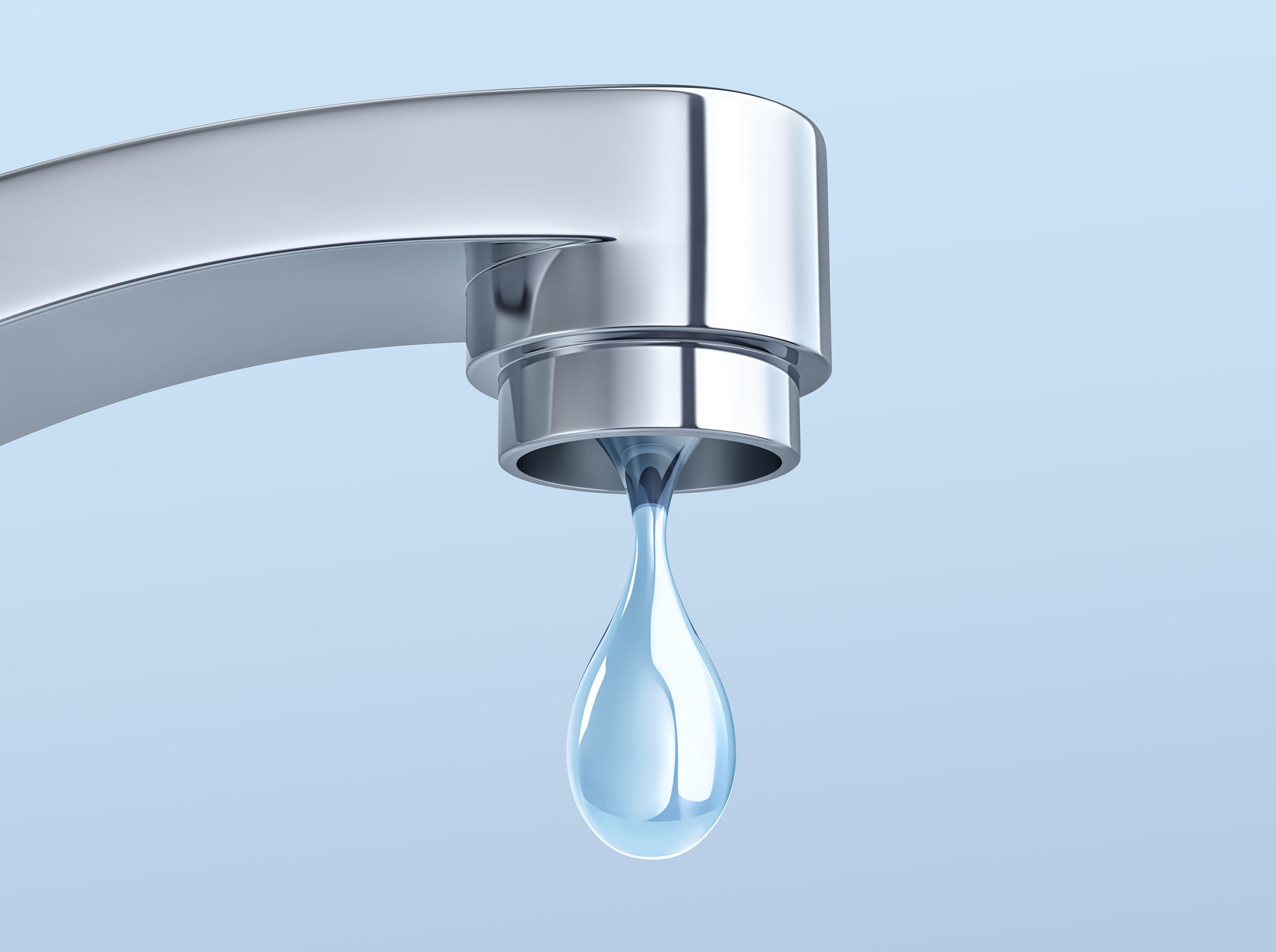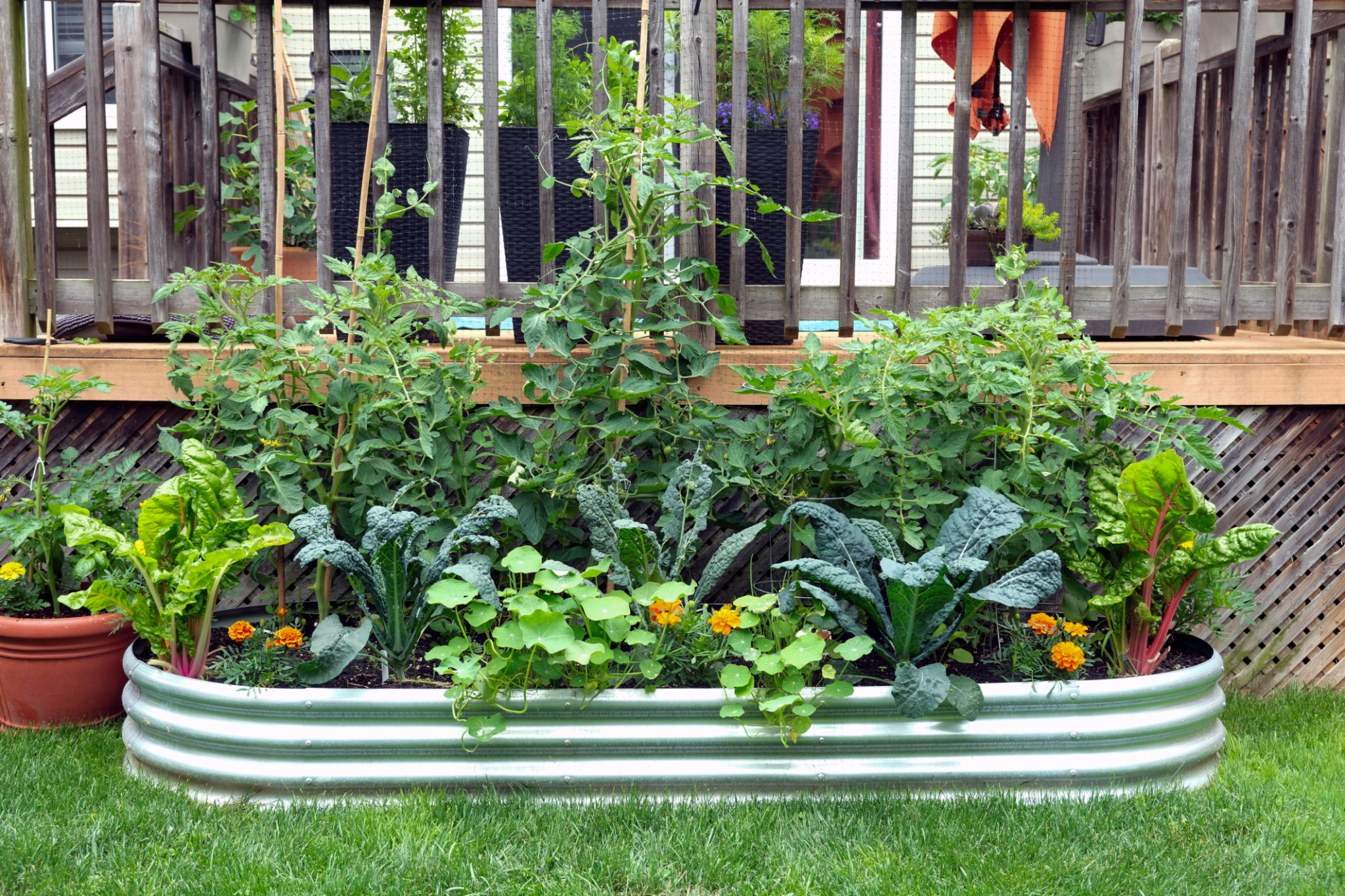The Benefits of Eco-Friendly Landscaping Solutions Using Synthetic Materials
Introduction to Eco-Friendly Landscaping
In recent years, there has been a growing trend towards eco-friendly landscaping solutions, driven by a desire to create beautiful outdoor spaces while minimizing environmental impact. One innovative approach involves using synthetic materials, which can offer a range of benefits over traditional landscaping methods. These materials not only provide aesthetic appeal but also contribute to sustainability efforts.

Durability and Longevity
Synthetic materials are renowned for their durability and longevity. Unlike natural materials that may degrade over time due to weather conditions, synthetic options are designed to withstand harsh elements. This means less frequent replacements and lower maintenance costs in the long run, making them a cost-effective solution for homeowners and businesses alike.
For example, synthetic turf mimics the look and feel of natural grass without the need for constant watering or mowing. This not only saves time but also conserves water—a precious resource in many regions. Additionally, these materials do not require fertilizers or pesticides, further reducing their environmental footprint.
Water Conservation
One of the most significant advantages of using synthetic materials in landscaping is their ability to conserve water. Traditional lawns require regular watering, which can be a significant drain on local water supplies. In contrast, synthetic grass requires no watering at all, helping to conserve this vital resource.

Moreover, the installation of permeable pavers—a type of synthetic material—allows rainwater to seep through and replenish groundwater supplies, rather than running off into storm drains. This helps maintain the natural water cycle and reduces the risk of flooding in urban areas.
Low Maintenance Requirements
Another benefit of synthetic materials is their low maintenance requirements. Traditional landscapes often demand regular care, such as mowing, weeding, and fertilizing. Synthetic options require minimal upkeep, freeing up time for property owners to enjoy their outdoor spaces rather than maintaining them.
- No need for regular watering or mowing.
- Eliminates the use of harmful chemicals like pesticides and fertilizers.
- Reduces garden waste typically generated from trimming and pruning.
Aesthetic Flexibility
Synthetic materials offer a wide range of aesthetic possibilities, allowing for creative landscape designs that might be challenging with natural materials. They come in various colors, textures, and styles, enabling homeowners and designers to craft personalized outdoor environments that suit their tastes and functional needs.

From vibrant artificial grass to versatile decking options, synthetic materials can transform any outdoor area into a stunning visual display with minimal impact on the environment. This flexibility allows for unique designs that can adapt to different climates and terrains.
Environmental Impact
While the production of synthetic materials does involve some environmental cost, their long-term benefits often outweigh these initial impacts. By reducing water usage and negating the need for chemical treatments, synthetic landscaping can help mitigate some of the environmental challenges posed by traditional landscaping practices.
The reduced need for lawn equipment like mowers and trimmers also means lower emissions and less noise pollution, contributing to a more sustainable and peaceful environment.
Conclusion: Embracing Synthetic Solutions
Eco-friendly landscaping solutions using synthetic materials offer numerous advantages that align with both aesthetic desires and environmental responsibilities. By choosing durable, low-maintenance options that conserve water and reduce chemical use, homeowners can enjoy beautiful landscapes that are both sustainable and practical.

As the demand for sustainable living continues to rise, embracing synthetic materials in landscaping offers a promising path toward reducing environmental impact while maintaining the beauty and functionality of our outdoor spaces.